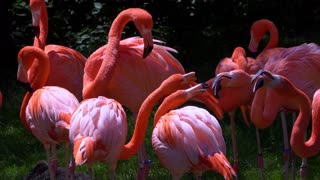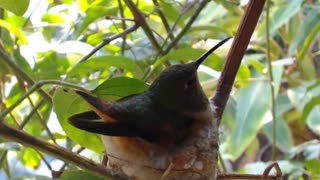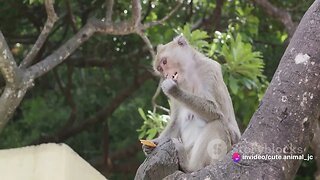Birds flying sunset
Flying birds are fascinating creatures that belong to the class Aves. They are characterized by their feathered bodies, beaks, and the ability to fly. Birds are found in a wide variety of habitats, ranging from forests and deserts to urban environments. The act of flying is a key feature that sets birds apart from most other animals.
Here are some key characteristics and features of flying birds:
Feathers: Feathers are the defining feature of birds. They serve multiple functions, including insulation, camouflage, and, most importantly, providing the necessary lift for flight. Feathers are lightweight yet strong structures that contribute to a bird's aerodynamic capabilities.
Wings: The wings of a bird are adapted for flight. They are typically elongated and have a specialized structure of feathers that allows for efficient airfoil formation. The shape and size of wings vary among bird species, reflecting their specific flight adaptations.
Hollow Bones: Birds have a unique skeletal structure with hollow bones, reducing overall body weight. This adaptation is crucial for flight, as lighter bones make it easier for birds to stay airborne.
Powerful Muscles: Birds have powerful flight muscles, especially the breast muscles responsible for flapping the wings. These muscles make up a significant portion of a bird's body weight and provide the necessary strength for sustained flight.
Beaks: The beak, or bill, of a bird is adapted to its feeding habits. Beaks come in various shapes and sizes, suited for tasks such as pecking, probing, tearing, or catching prey in flight.
Keen Vision: Many birds have excellent eyesight, which is crucial for navigating during flight, hunting, and avoiding predators. Birds of prey, such as eagles and falcons, have particularly sharp vision.
Migration: Some bird species engage in long-distance migrations, flying thousands of miles between breeding and wintering grounds. Migration is a remarkable behavior that requires precise navigation and energy conservation.
Social Behavior: Birds often exhibit social behaviors, including flocking and cooperative hunting. Flying in flocks can provide protection against predators and make navigation more efficient.
Diverse Species: There are over 10,000 species of birds, each with its own unique adaptations and behaviors. From small hummingbirds to large albatrosses, the world of flying birds is incredibly diverse.
Communication: Birds use various vocalizations and displays to communicate with each other, both during flight and while perched. Songs, calls, and visual signals are important for mate attraction, territory defense, and coordinating group movements.
Observing flying birds in their natural environment can be a captivating experience, offering insights into their remarkable adaptations and behaviors. Whether soaring gracefully in the sky or executing intricate aerial maneuvers, birds exemplify the wonders of evolution and the beauty of the natural world.
-
 0:15
0:15
blackmarsh
26 days agoBirds have the freedom to fly up...🌈
13 -
 0:34
0:34
Islanders13
3 months ago $0.02 earnedBirds flying.
107 -
 2:11
2:11
Natural Wonder of Mother Earth
1 month ago15 Fascinating Facts About 3 Common Backyard Birds
92 -
 1:19
1:19
WildCreatures
1 month ago $7.45 earnedBeautiful flamingos squabble in the sunshine
6.11K3 -
 0:15
0:15
ElrodTV
3 months agoBirds flying in formation!!
16 -
 0:41
0:41
F5Tornado
3 months agoA Hummingbird Sits On Eggs In Her Nest
2044 -
 0:16
0:16
Ilanos
3 months agoUnique Morning Sky With Birds
4 -
 0:28
0:28
MuvLuv
3 months agoBirds
2 -
 4:06
4:06
CuteAnimalThai
6 months agoCurious Canopy Dwellers: High-Flying Rainforest Creatures
2 -
 0:01
0:01
QueenBch
2 months agoBirds
3